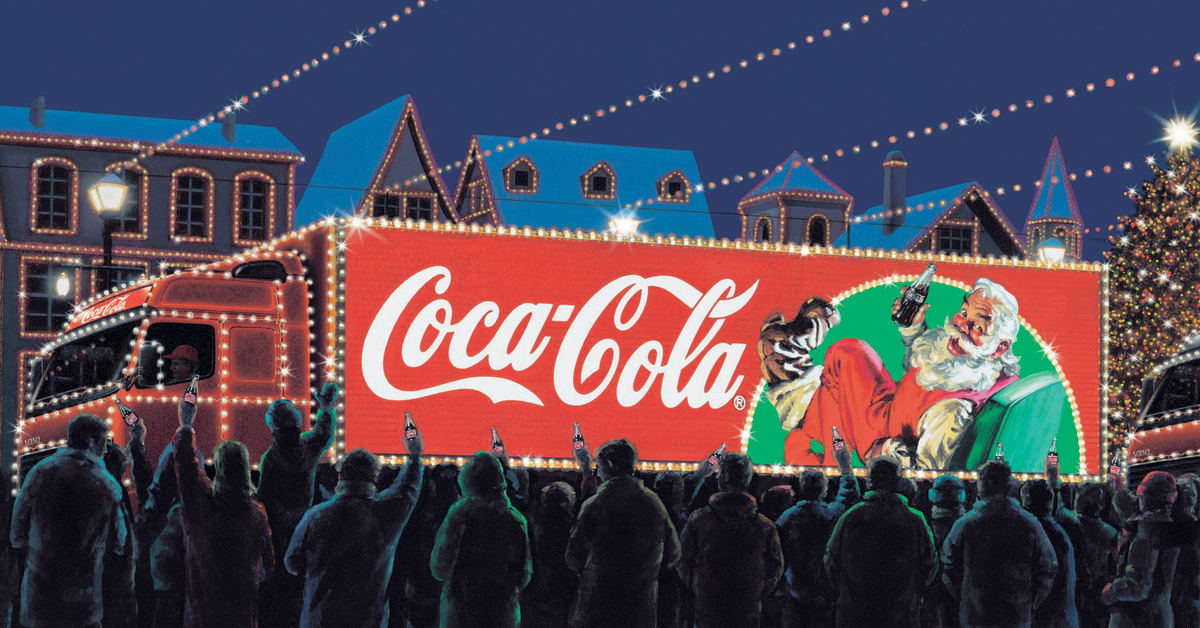Don Draper does not exist in the new world of marketing. What exactly does this new world look like?
Well, it is a converged world full of large and tiny touch screens, data as insight, people yearning for experiences and meaning rather than consuming things, and an emerging “do it yourself ” collaborative and remixed economy powered by user-generated content, production, design, and feelings, with a heavy emphasis on a company’s reputation and culture instead of monetary capital. In other words, everything you’ve come to learn about what makes efficient or successful marketing is actually inefficient and incorrect.
Marketing today doesn’t look very different from how it has for the last half century, nor has it truly disrupted itself inside and out mainly because of the attitude of marketers and advertising agencies. No industry disrupts itself. That’s why it’s important we look at how people other than those who call themselves marketers behave. I’ve had the pleasure of interviewing several of them for my book and what they have to say will help you prepare for the new normal.
Advertising agencies are also difficult to trust for innovative answers or solutions because, in wanting to stay the course that had historically made money rather than charting a new future, they made the biggest mistake in modern business: they defended themselves instead of going forth and conquering. As a result, agencies blew four opportunities to remain relevant:
- They missed the digital train. They ignored the dotcom industry, thinking it would go bust.
- They ignored search engines because they didn’t ask “What if” questions about where the world could be headed with smartphones and location-based technology.
- They ignored social media marketing because they thought people would only use search engines and platforms such as Facebook, Twitter, and LinkedIn wouldn’t ever be as big as the “big media” of cable and network television.
- They were late to the content-marketing game because they didn’t understand why people used the social web and Internet in the first place. It was hardly to make friends with brands; it really was a place to connect and learn.
Agencies missed these four trends and will continue to miss many more because of the group-think and conformity embedded in their DNA.
What agencies failed to realize is that marketing is more than messaging. It’s more than advertising. It’s more than broadcasting. It’s more than simply return on investment (ROI). Agencies also failed to realize that marketing isn’t devoid of math anymore. Nor should math reduce creativity to a Post-it note on a social platform instructing visitors to “read more,” “learn more,” “download more,” or “watch more.” People aren’t responsive to what sounds like commands from a military general.
If anything, math makes marketing more creative, not less. Marketing in a disruptive sense is the way we all can and should use data to build more meaningful products, create alliances to solve the world’s most daunting problems, get people to adopt new ways of thinking, solve customer problems, and rethink how business and possibly the economy will operate differently in the next decade.
Even David Ogilvy, one of the godfathers of advertising and the inspiration for Don Draper’s character in the cable television show Mad Men, knew that data would be more relevant than creative efforts alone. Ogilvy was as much a futurist in this area as anyone else. To me, he was one of the first disruptive marketers. It’s a shame his beliefs don’t resonate in our world as much as they should. When reading the following passage, replace Ogilvy’s phrase “direct response” with “disruptive marketing”:
“In the advertising community today there are two worlds. Your world of direct response advertising disruptive marketing and that other world, that world of general advertising. These two worlds are on a collision course. You direct response people know what kind of advertising works and what doesn’t work. You know to a dollar. The general advertising people don’t know. You know that two-minute commercials on television are more effective, more cost-effective than 10-second commercials or 30-second commercials. You know that fringe time on television sells more than prime time. In print advertising, you know that long copy sells more than short copy. You know that headlines and copy about the product and its benefits sell more than cute headlines and poetic copy. You know to a dollar. The general advertisers and their agencies know almost nothing for sure because they cannot measure the results of their advertising. They worship at the altar of creativity. Which really means originality. The most dangerous word in the lexicon of advertising.
They opine that 30-second commercials are more cost-effective than two-minute commercials. You know they’re wrong. In print advertising, they opine that short commercials sell more than long copy. You know they’re wrong. They indulge in entertainment. You know they’re wrong. You know to a dollar. They don’t. Why don’t you tell them? Why don’t you save them from their follies? For two reasons. First, because you’re impressed by the fact that they’re so big and so well paid and so well publicized. You’re even perhaps impressed by their reputation for creativity, whatever that may mean. Second, you never meet them. You’ve inhabited different worlds. The chasm between direct response advertising disruptive marketing and general advertising is wide. On your side of the chasm I see knowledge and reality. On the other side of the chasm I see ignorance. You are the professionals. This must not go on. I predict that the practitioners of general advertising are going to start learning from your experience. They are going to start picking your brains.”
I share more about this and many other topics in my new book, Disruptive Marketing.
The Blake Project Can Help: Disruptive Brand Strategy Workshop
Branding Strategy Insider is a service of The Blake Project: A strategic brand consultancy specializing in Brand Research, Brand Strategy, Brand Licensing and Brand Education




